Spring, summer, autumn, winter: planting by season makes sense. Spring flowers are the sort to lift one's spirits after the long winter months. Spring flowers can be fresh, invigorating and energising. Here are the spring flowers we love the most. Chosen by expert plantspeople and the Gardens Illustrated team.
The best spring flowers to plant for beautiful seasonal blooms
Anemone nemorosa 'Kentish Pink'

I’m always amazed that Anemone nemorosa doesn’t generate the same levels of excitement as snowdrops in springtime. These wood anemone offer far more variation – the Austrian breeder Christian Kress has a collection of 140 types – and naturalise well. This cultivar is almost white but the backs of the petal-like sepals are pink, so in full sun it looks like a typical, white wood anemone, but when light is low, and the spring flowers start to close, its appearance changes completely. In some lights the flowers can appear dark pink. Height 20cm. Origin Western Europe. Conditions Well-drained, humus-rich soil; part shade. Hardiness RHS H6, USDA 5a-8b. Season Spring. Chosen by Fleur van Zonnevald
Paeonia lactiflora ‘Hot Chocolate’
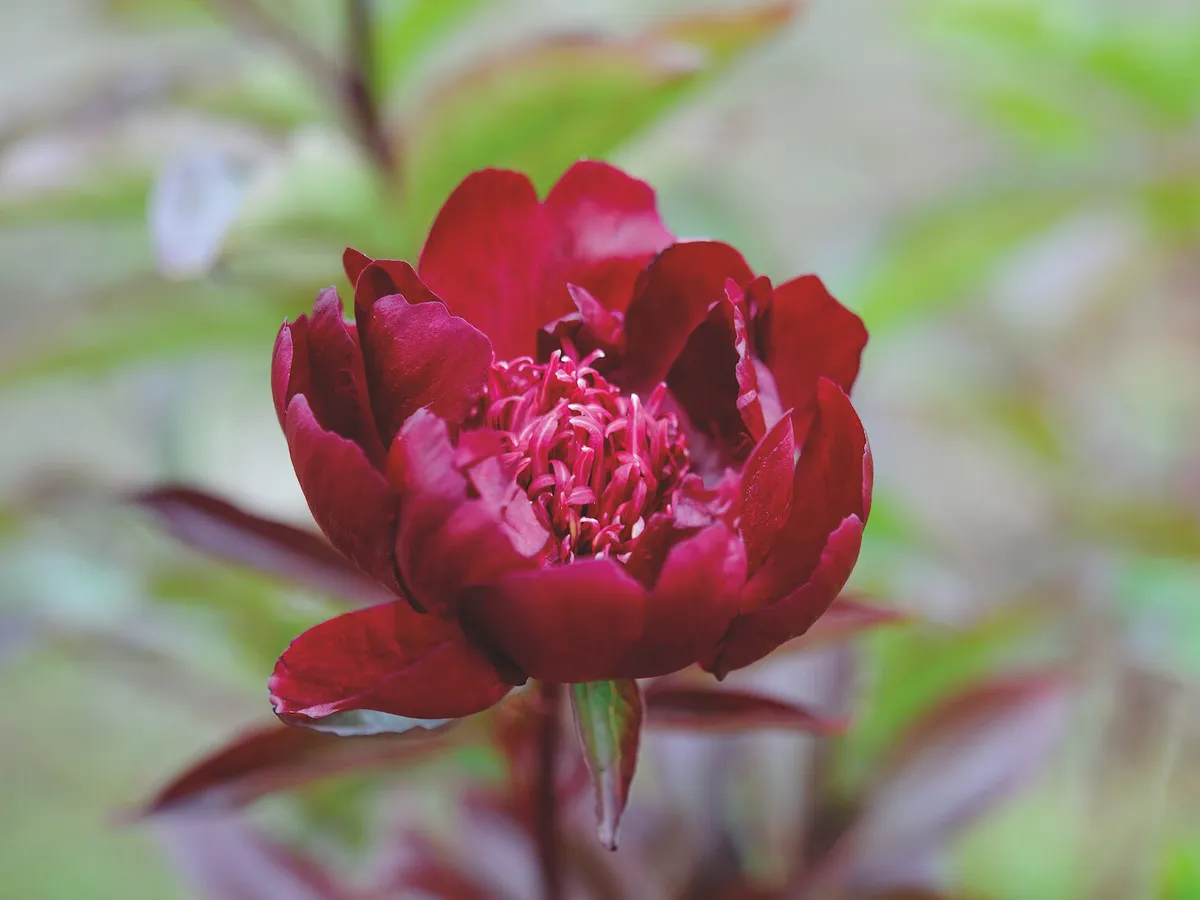
This early season spring is peony is an unusual colour combination with dark-red spring flowers and a pompom-like boss of frilly petaloids.
Here's our guide to peonies
Erysimum ‘Bowles’s Mauve’
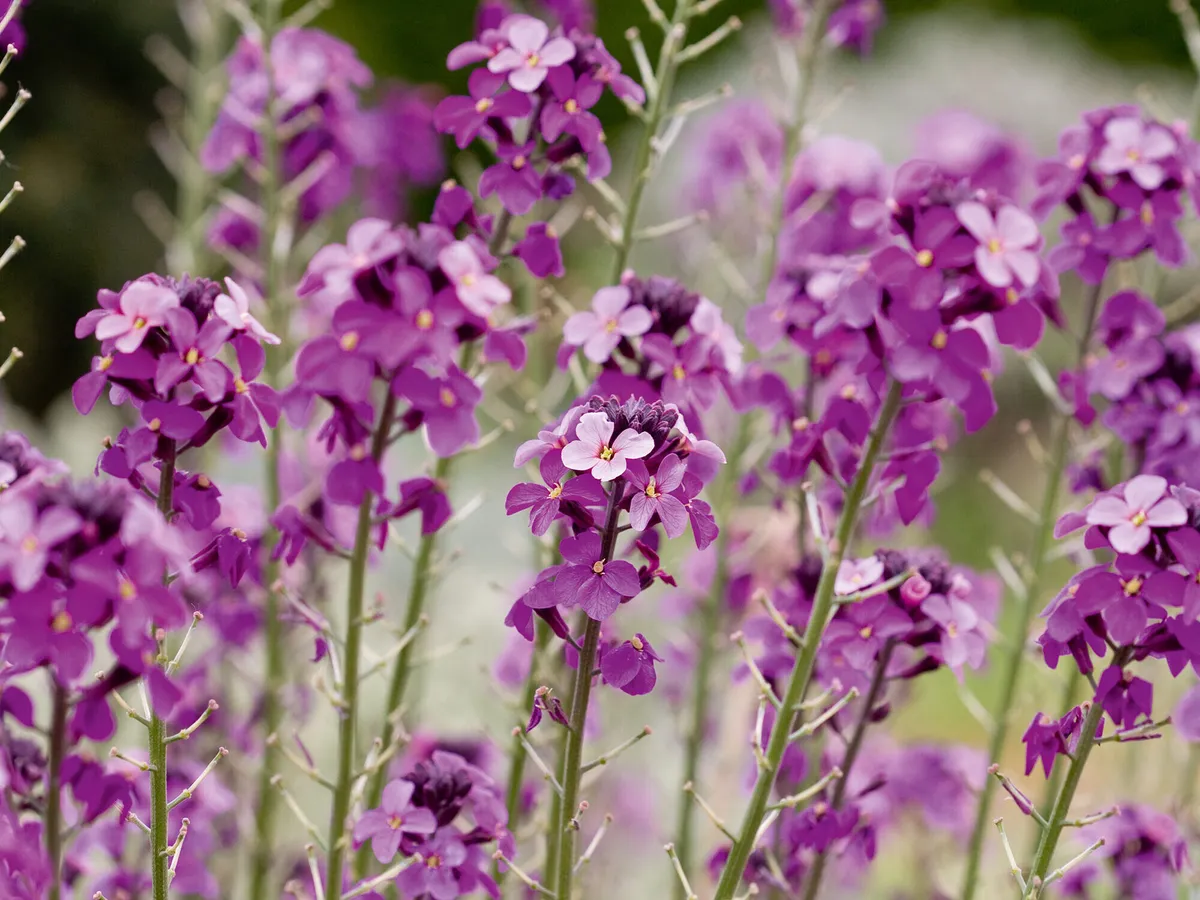
This classic long-flowering mauve erysimum forms a tall, upright plant that stays erect. Longer-lived than many. A spring flower that deserves a place in every garden, but sadly not scented. Can set a little seed on rare occasions.
Here's everything you need to know about erysimum
Fritillaria raddeana

Fritillaries feel like an unstoppable force of nature. You turn away for a couple of days and then suddenly there are numerous new stems with shiny green foliage. This fritillary’s spring flowers have a beautifully subtle, lime-green colour, which fits perfectly into spring’s colour palette. They’re also large, making this a very striking plant. It is one of the first fritillaries to flower and prefers well-drained soil and hot dry summers. After flowering, it evolves into large, angular seedpods that look wonderful when used in flower arrangements. Height 70cm. Origin Central Asia. Conditions Well-drained, humus-rich soil; full sun or part shade. Hardiness RHS H7, USDA 5a-8b. Season Spring.
Here's more on fritillaria
Cornus ‘Eddie’s White Wonder’
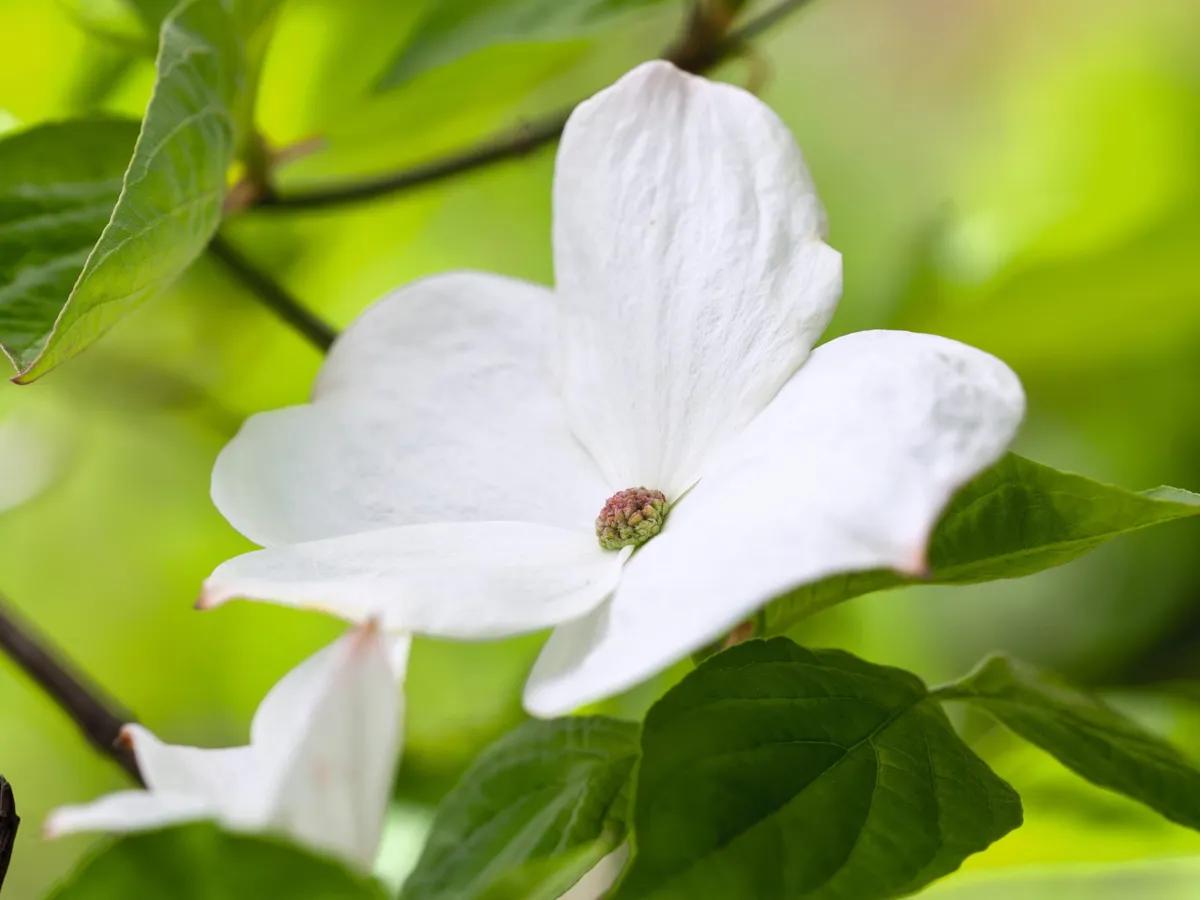
This dogwood has large, rounded, creamy-white flowers appear in early spring, and are spectacular after a good summer the previous year. Crimson-pink autumn colour. Upright and narrow in habit. Height 4m. Hardiness rating RHS H5, USDA 5a-9b.
Read more about the best flowering dogwoods.
Cornus ‘Porlock’
- Find now through the RHS

Flowering from an early age, this large, spreading cultivar produces abundant creamy bracts that colour pink as they age, and are followed by luxuriant strawberry-like fruits in autumn. Easy to grow, this spring flowering dogwood is tolerant of most soils, apart from shallow chalk. Height 5m. Hardiness rating RHS H5, USDA 5a-9b.
Read more about the best flowering dogwoods.
Digitalis purpurea 'Dalmatian Purple'

An elegant, short-lived and well branched perennial foxglove, that flowers in its first year, with dense, sturdy spikes of evenly spaced, outward-facing spring flowers. These are lavender purple with maroon interior spotting and evenly spaced around an upright stem. Self-seeds freely. Height 90cm. Hardiness USDA 4a-9b.
Here's our guide to foxgloves
Magnolia ‘Yellow Fever’
- Find now through the RHS
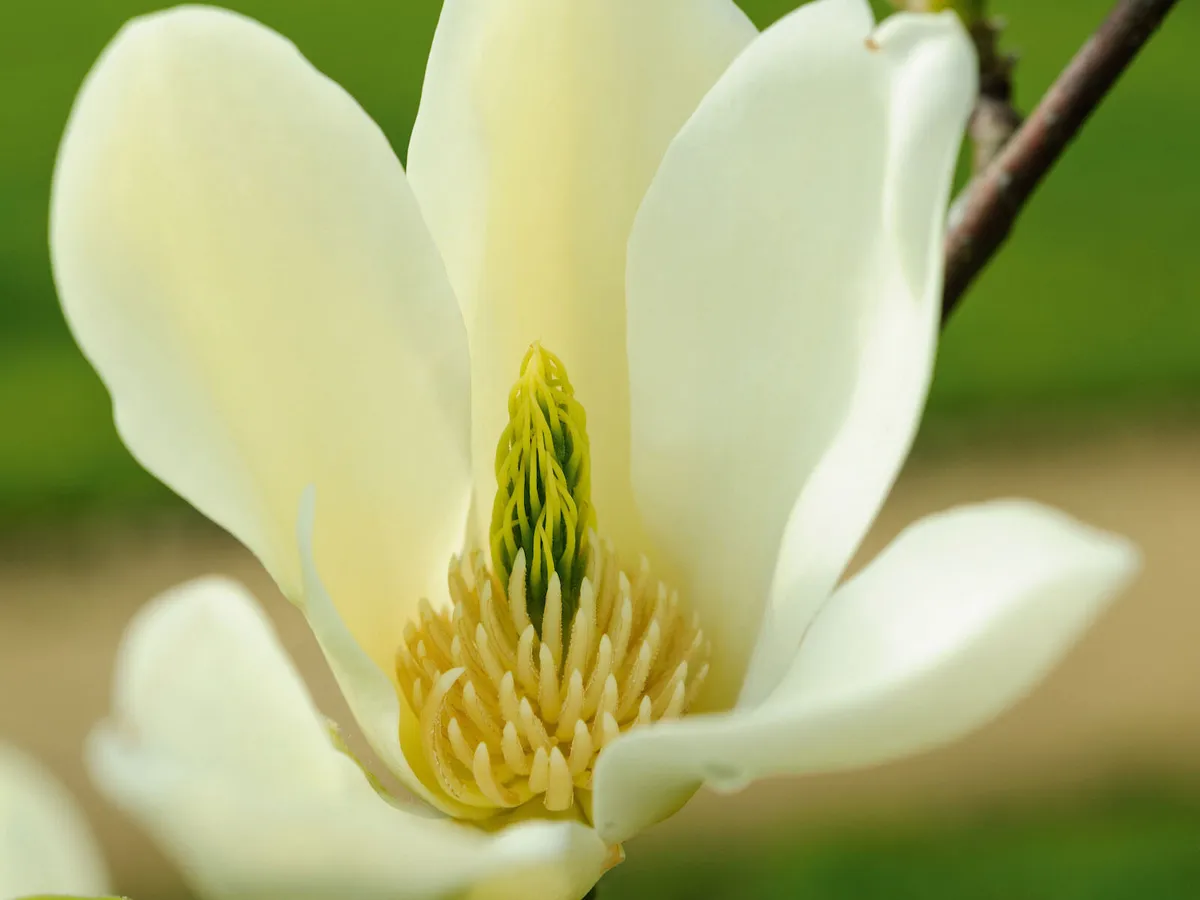
A small tree with an upright habit. Its large, pale-yellow flowers are flushed pink and appear before the foliage during April. The yellow magnolia spring flowers have a sweet fragrance and over time fade to an ivory-cream colour. A hybrid with Magnolia denudata. 5m. USDA 4a-8b.
Erysimum ‘Apricot Twist’

Another foot-high erysimum with vivid apricot flowers emerging from dark buds against dark-green foliage. A spring flower that must be cut back regularly, otherwise it tails off. Very readily available here and in America. Lovely with dark tulips. Fragrant.
Read our piece on growing erysimum
Corydalis nobilis
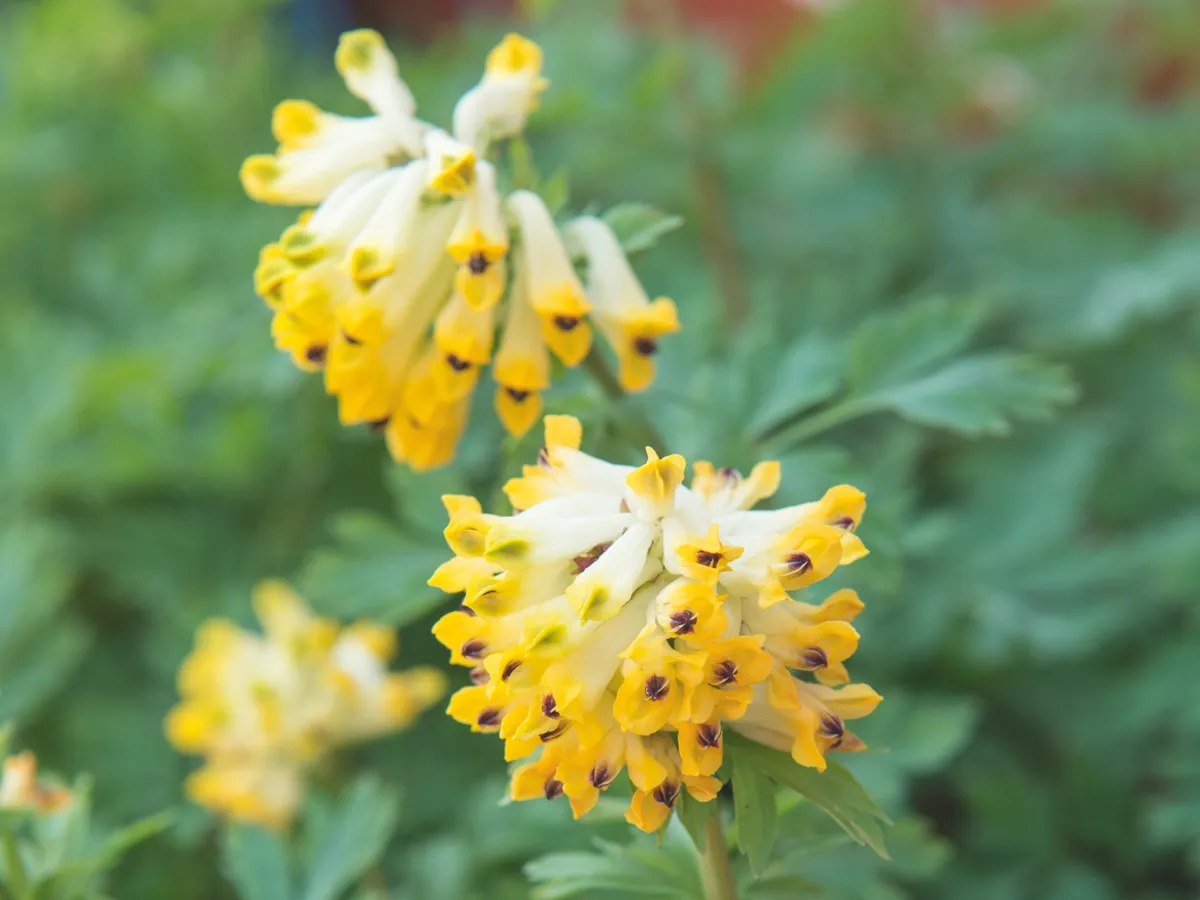
In his book Garden Myths, Robert Pavlis describes how the botanist Carl Linnaeus received some incorrectly labelled seeds that he planted out in his garden. They turned out to be Corydalis nobilis, and from his garden in Sweden the plant has now naturalised all over much of northern Europe. I find this a beautiful story for a beautiful plant. It’s one of the largest corydalis with striking yellow-brown flowers. Most plants need some heat to see a real spurt of growth, but this plant benefits from cold to form up a solid plant. If spring is too warm it slows and collapses. Height 50cm. Origin Altai Mountains and central Asia. Conditions Dry to moderately moist soil; full sun. Hardiness RHS H7, USDA 3b-8b. Season Spring.
Here's how to grow corydalis
Paeonia lactiflora ‘Bowl of Cream’
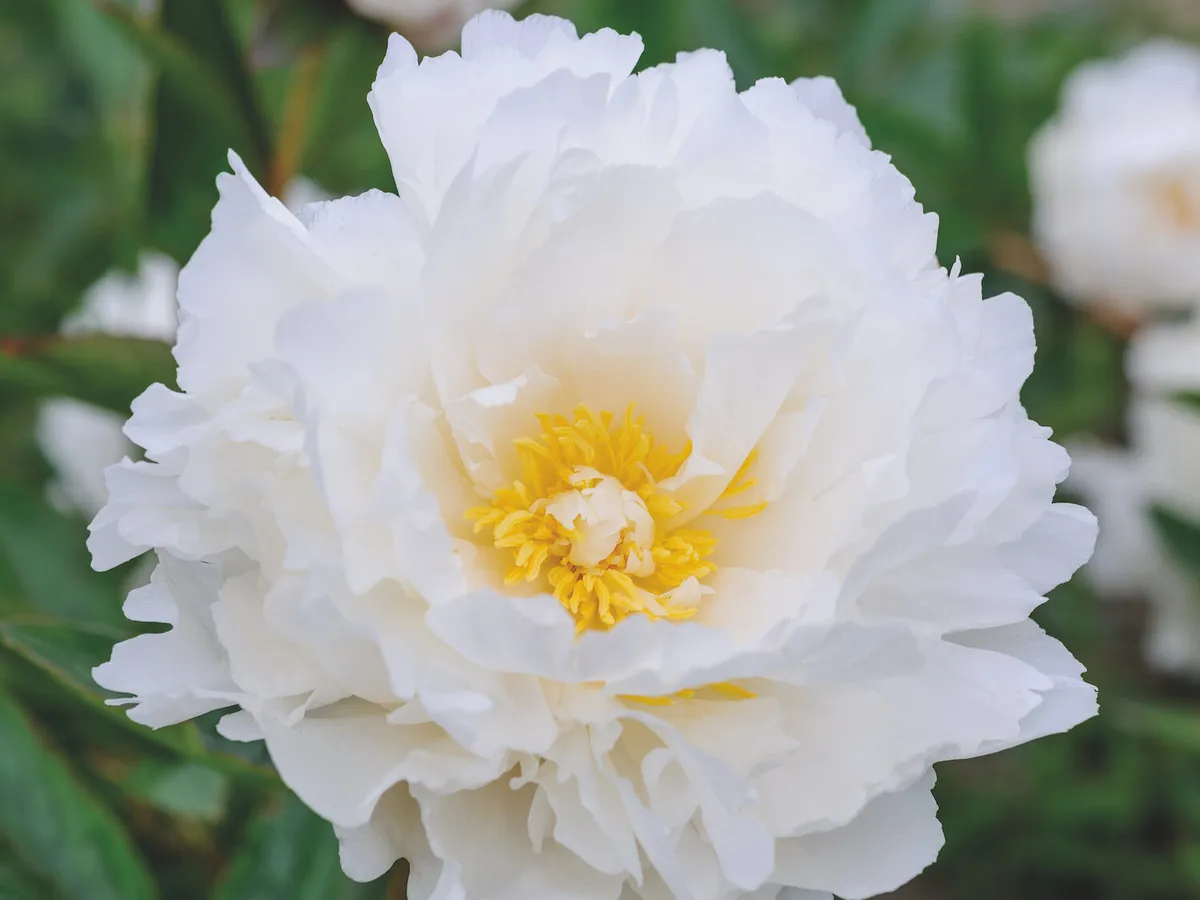
Every petal on this peony is smooth, scented, creamy-white. It double flowers, curves inwards and forms a bowl-like centre. Spring flowers from early mid season to late season. 80cm. RHS H6.
Helleborus atrorubens
- Find now through the RHS

Deciduous leaves have up to 15 divisions. The small, flowers are mainly green inside with reddish-purple backs. Still confused with the Helleborus orientalis cultivar once known as ‘Atrorubens’, now called Early Purple Group. Spring flowers from February to March. 25-35cm. RHS H5, USDA 6a-8b.
Read our guide to hellebores